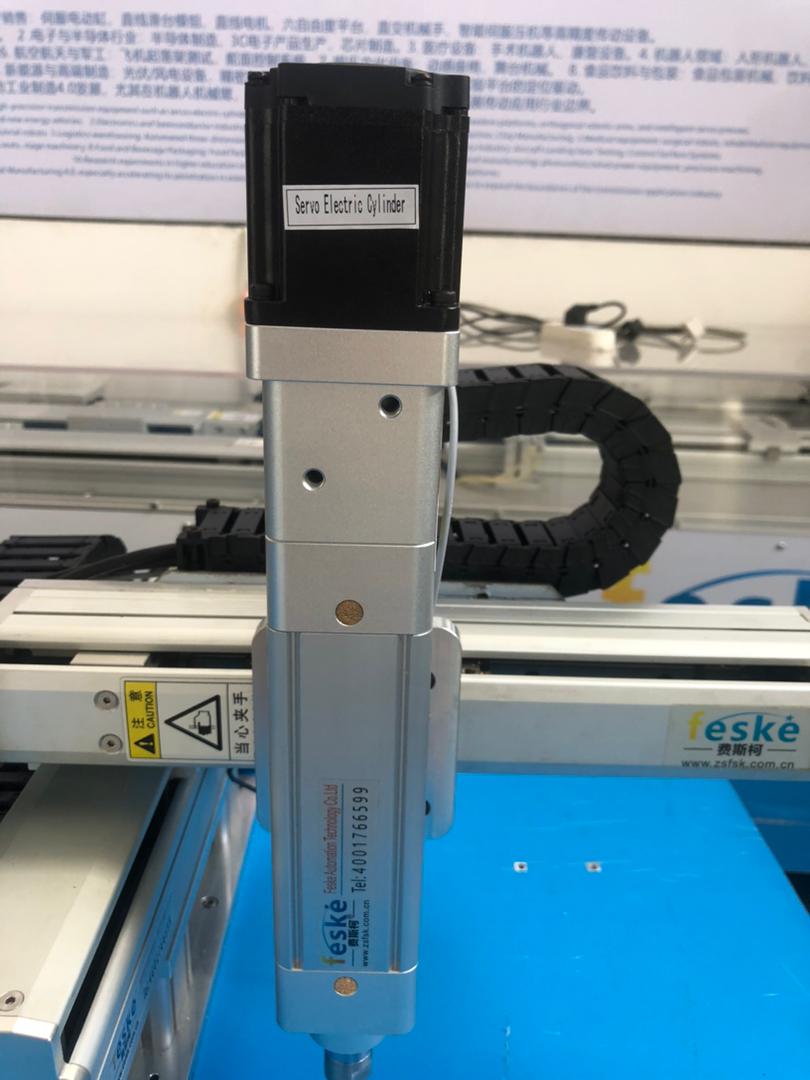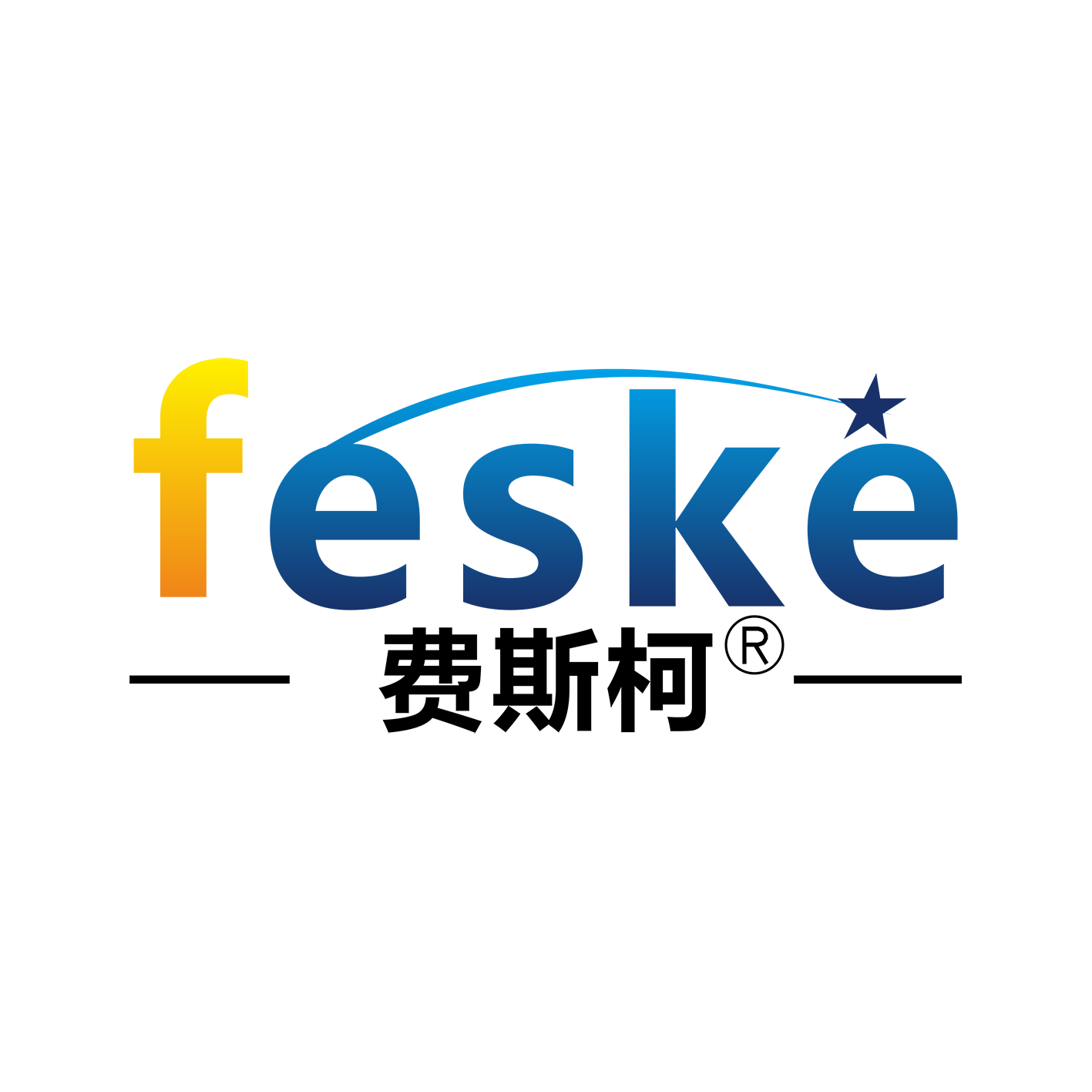With its advantages of simple structure, convenient maintenance and controllable cost, the three-axis
manipulator has shown broad development prospects in the field of automation. The core trends and
application directions are as follows:
1. Market demand continues to expand Market scale grows rapidly The scale of China's manipulator
market is about 195.8 billion yuan in 2021, and it is expected to exceed 375 billion yuan in 2029, with
a significant increase in the annual compound growth rate. The global market also maintains strong
growth, with sales reaching 315 billion US dollars in 2023. Urgent demand for replacement manpower
The rising labor costs and labor shortages in the manufacturing industry have accelerated the
application of manipulators in repetitive labor. The three-axis manipulator has become the first choice
for automation transformation of small and medium-sized enterprises due to its strong flexibility and
low deployment cost. 2. Diversified penetration of application scenarios Deepening of traditional
fields : Stable and efficient handling in the fields of injection molding, stamping handling, and
automotive parts processing, significantly reducing the intensity of manual intervention. Expansion of
emerging fields : Gradually penetrate into food packaging, electronic product assembly, precision
testing and other scenarios to meet high-precision operation needs. The demand potential in the
medical, agricultural and new energy fields is also being released.
3. Technology upgrade drives intelligence
Intelligent integration
Combining machine vision and Internet of Things (IoT) technology, adaptive grasping and real-time
path optimization are achieved to improve the accuracy of operations in complex environments. For
example, the new manipulator has the ability to learn autonomously and can adapt to diversified
product lines.
Modularization and customization
Supports flexible customization of travel, load and motion mode to meet the personalized needs of
different industries. The upgrade of end effectors (such as smart grippers) further expands the
functional boundaries.
4. Optimization of domestic competition pattern
Foreign capital dominates the high-end market: ABB, KUKA and other companies maintain
technological advantages in the high-end field.
Rapid rise of domestic brands: Domestic companies such as Estun and Siasun have dominated the mid-
and low-end markets through technological iterations, and have formed competitiveness in segments
such as semiconductor vacuum manipulators. Policy support accelerates the process of domestic substi
tution and pushes the industry cost down further.
Prospect Summary
Three-axis manipulators will continue to benefit from the wave of automation upgrades in the manufacturing industry, especially in terms of popularization in small and medium-sized enterprises, penetration
in emerging fields, and intelligent iteration. With the maturity of domestic technology and cost
optimization, the breadth and depth of its application will be improved simultaneously, becoming an
 indispensable basic equipment for industrial automation.
indispensable basic equipment for industrial automation.


